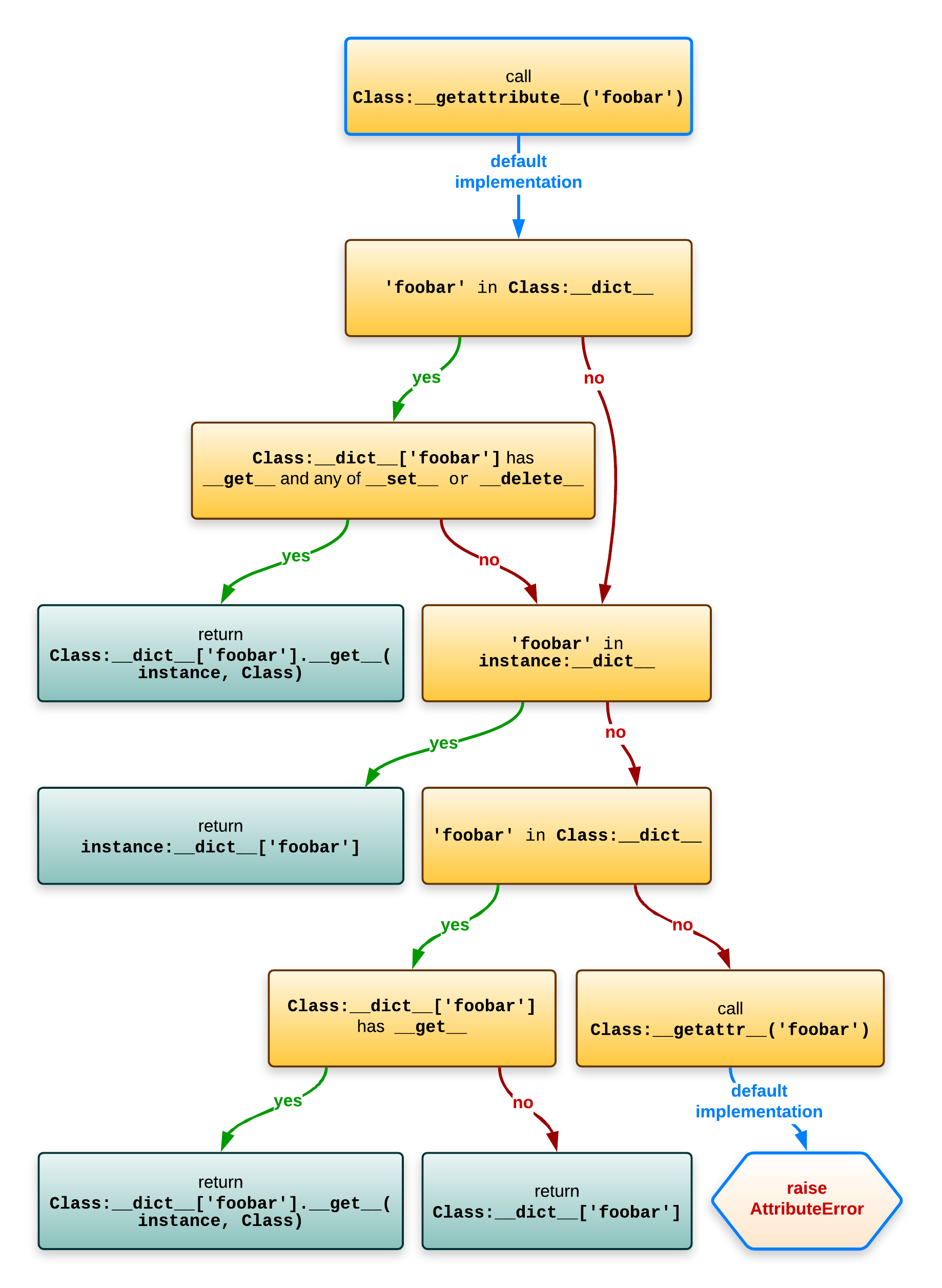- cpython/Objects/classobject.c
- cpython/Include/classobject.h
PyMethodObject 在 c 层级表示了一个 python 层级的 method 对象
class C(object):
def f1(self, val):
return val
>>> c = C()
>>> type(c.f1)
<class 'method'>这是 c.f 的构造
你可以从上图看到, im_func 存储的是一个类型为 function 的对象
>>> C.f1
<function C.f1 at 0x10b80f040>im_self 存储了该 method 绑定的实例对象
>>> c
<__main__.C object at 0x10b7cbcd0>当你调用下面的 method 的时候
>>> c.f1(123)
123PyMethodObject 把实际的调用指派给了自己所存储的 im_func 对象, 在指派的过程中把 im_self 作为第一个参数传入
static PyObject *
method_call(PyObject *method, PyObject *args, PyObject *kwargs)
{
PyObject *self, *func;
/* 获取 im_self 中存储的对象*/
self = PyMethod_GET_SELF(method);
if (self == NULL) {
PyErr_BadInternalCall();
return NULL;
}
/* 获取 im_func 中存储的对象*/
func = PyMethod_GET_FUNCTION(method);
/* 调用 im_func, 调用过程中把 im_self 作为第一个参数传入 */
return _PyObject_Call_Prepend(func, self, args, kwargs);
}static PyMethodObject *free_list;
static int numfree = 0;
#ifndef PyMethod_MAXFREELIST
#define PyMethod_MAXFREELIST 256
#endiffree_list 是一个单链表, 作缓冲池用, 用来减小 PyMethodObject 这个对象的 malloc/free 的开销
im_self 这个字段被用来连接链表的元素
PyMethodObject 只会在你想要获取一个 bound-method 的时候创建, 而不是这个类实例化的时候创建
>>> c1 = C()
>>> id(c1)
4514815184
>>> c2 = C()
>>> id(c2)
4514815472
>>> id(c1.f1) # c1.f1 是在这一行创建的, 在这一行之后, c1.f1 的引用计数器变为 0, 将会被回收
4513259240
>>> id(c1.f1) # c1.f1 的 id 被循环利用了
4513259240
>>> id(c2.f1)
4513259240现在我们来看一个 free_list 的例子
>>> c1_f1_1 = c1.f1
>>> c1_f1_2 = c1.f1
>>> id(c1_f1_1)
4529762024
>>> id(c1_f1_2)
4529849392假设 free_list 在当前状态下是空的
>>> del c1_f1_1
>>> del c1_f1_2>>> c1_f1_3 = c1.f1
>>> id(c1_f1_3)
4529849392我们来定义一个有 classmethod 和 staticmethod 的对象看看
class C(object):
def f1(self, val):
return val
@staticmethod
def fs():
pass
@classmethod
def fc(cls):
return cls
>>> c1 = C()
>>> type(c1.fs)
<class 'function'>
>>> type(c1.fc)
<class 'method'>@classmethod 装饰器使得 c1.fc 的结果仍然为类型 method 的对象
c1.fc 是另一个 PyMethodObject 的实例, 其中的 im_func 指向即将调用的函数对象, 而 im_self 指向了 <class '__main__.C'>
>>> C
<class '__main__.C'>classmethod 内部是如何实现的呢 ?
classmethod 在 python3 中是一个类型
typedef struct {
PyObject_HEAD
PyObject *cm_callable;
PyObject *cm_dict;
} classmethod;我们来尝试理解一下
fc = classmethod(lambda self : self)
class C(object):
fc1 = fc
>>> cc = C()
>>> type(fc)
>>> <class 'classmethod'>
>>> type(cc.fc1)
>>> <class 'method'>
>>> fc.__dict__["b"] = "c"
>>> cc.fc1
<bound method <lambda> of <class '__main__.C'>>同样的变量, 通过不用的方式获取得到的结果不同, 这是怎么一回事呢 ?
当你尝试通过实例 cc 访问属性 fc1 时, descriptor protocol 会通过好几种不同的方式去尝试获得一个结果, 并把这个结果返回给你, 比如
- 调用 C 的
__getattribute__ - 判断
C.__dict__["fc1"]是否为 data descriptor ?- 是, 返回
C.__dict__['fc1'].__get__(instance, Class) - 否, 返回
cc.__dict__['fc1']if 'fc1' incc.__dict__elseC.__dict__['fc1'].__get__(instance, Class)if hasattr(C.__dict__['fc1'],__get__) elseC.__dict__['fc1']
- 是, 返回
- 如果上面的步骤都没找到, 调用
c.__getattr__("fc1")返回
有兴趣的同学可以参考这篇博客的这个部分 object-attribute-lookup 或者 descr 对象
由于 classmethod 类型同时实现了 __get__ 和 __set__, 所以这个类型/类型的实例为 data descriptor, 通过类属性访问 cc.fc1 会调用 fc1.__get__ 函数, 并返回这个函数所返回的对象给调用者
我们可以看看 classmethod 类型的 __get__ 函数的实现
static PyObject *
cm_descr_get(PyObject *self, PyObject *obj, PyObject *type)
{
classmethod *cm = (classmethod *)self;
if (cm->cm_callable == NULL) {
PyErr_SetString(PyExc_RuntimeError,
"uninitialized classmethod object");
return NULL;
}
if (type == NULL)
type = (PyObject *)(Py_TYPE(obj));
return PyMethod_New(cm->cm_callable, type);
}当你通过 cc.fc1 访问属性 fc1 时, descriptor protocol 会调用上面这个函数, 上面这个函数返回了一个新的创建的 PyMethodObject 对象(通过 PyMethod_New), 这个 PyMethodObject 里面包的的 im_func 就是当前 classmethod 的 cm_callable 里所存储的函数对象(这里是个 lambda)
@staticmethod 装饰器把 c1.fs 的类型更改为了 function
>>> type(c1.fs)
<class 'function'>typedef struct {
PyObject_HEAD
PyObject *sm_callable;
PyObject *sm_dict;
} staticmethod;这是 staticmethod 对象的构造
fs = staticmethod(lambda : None)
class C(object):
fs1 = fs
>>> fs.__dict__["a"] = "b"
>>> cc = C()
>>> type(fs)
>>> <class 'staticmethod'>
>>> type(cc.fs1)
>>> <class 'function'>
>>> cc.fs1
<function <lambda> at 0x1047d9f40>同理 staticmethod 也是一个 data descriptor
我们可以看看 staticmethod 类型的 __get__ 函数的实现
static PyObject *
sm_descr_get(PyObject *self, PyObject *obj, PyObject *type)
{
staticmethod *sm = (staticmethod *)self;
if (sm->sm_callable == NULL) {
PyErr_SetString(PyExc_RuntimeError,
"uninitialized staticmethod object");
return NULL;
}
Py_INCREF(sm->sm_callable);
return sm->sm_callable;
}当你通过 cc.fs1 访问属性 fs1 时, descriptor protocol 再一次的调用了 C.__dict__["fs1"]__get__(instance, Class) 并返回了对应的 lambda 函数对象













